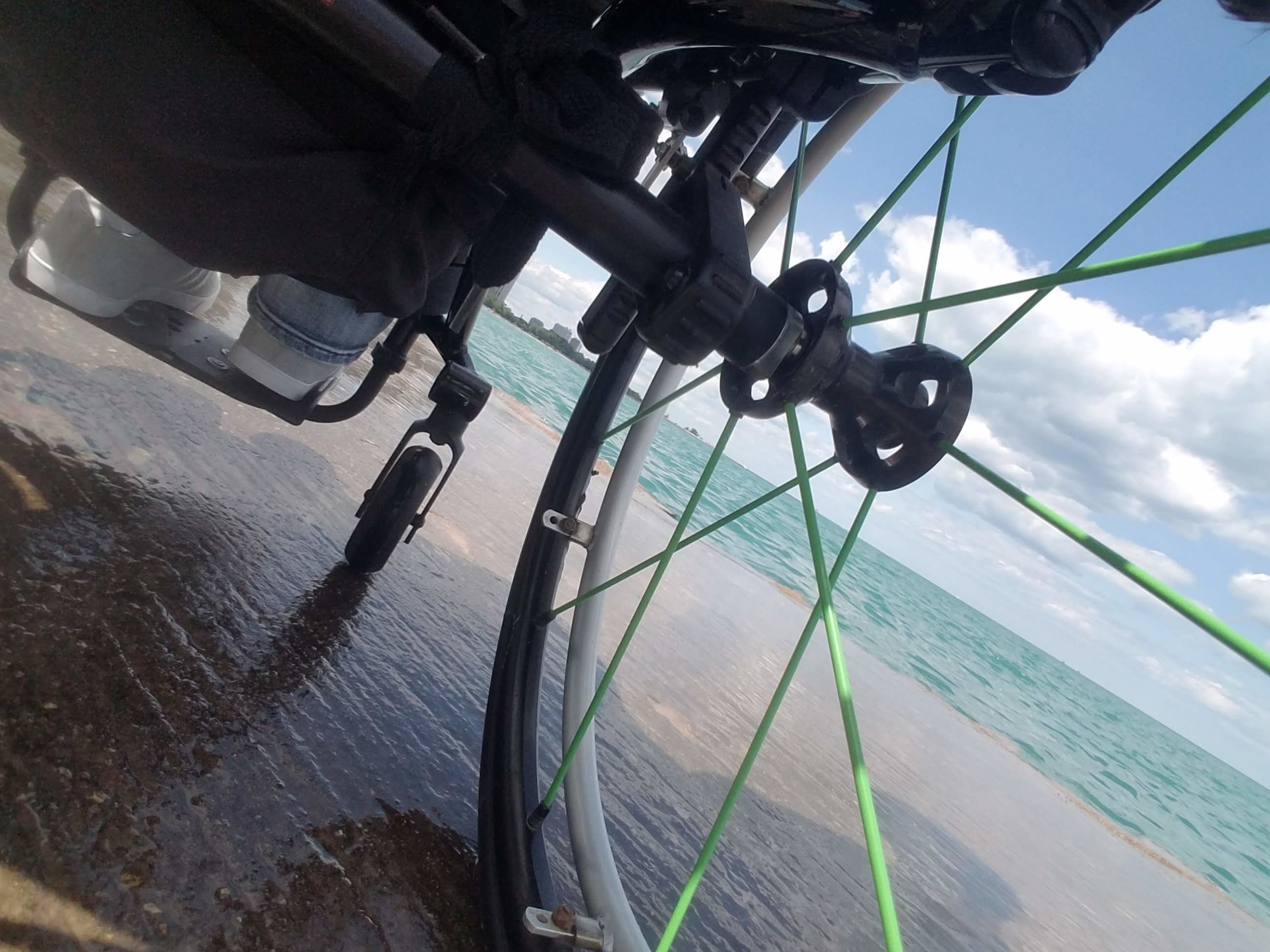In medicine, you learn to recognize patterns.
An elderly patient presents with shortness of breath and lower extremity edema: add heart failure to the differential. A young African-American female reports a dry cough and difficulty breathing while walking to work: consider sarcoidosis.
These patterns often provide a helpful service, aiding in the assimilation of a tremendous amount of knowledge that must occur as one progresses through medical education and training. The recognition of their existence and subsequent use is typically rewarded — a readily available response when the chief resident asks for a differential diagnosis of the newly admitted patient with severe back pain and vomiting; another correct UWorld question; a higher score on a career-defining exam.
However, what happens when the patterns we’ve learned to recognize are an inaccurate representation of reality? What happens when we begin accepting patterns portrayed in the media and our social networking sites as fact?
Although I’ve spent only a mere two and a half years as a student in this world of medical education, it’s readily apparent that I fit into very few of the “typical medical student” patterns. I’m part of a small cohort of dual degree students. I’m nontraditional, having never considered becoming a physician until after I graduated from college in 2013. And I am a disabled woman.
Making such a statement — “I am disabled” — typically results in a shift, a turning of the tables, as you must now decide how or if that changes the way you receive the words of this writing.
I spent the majority of my life seamlessly fitting into the world around me until a freak accident and a falling dead tree changed everything. Abled to disabled, walking to wheeling, I slowly discovered the patterns that had been deeply ingrained in my own mind about the value of my now disabled self-worth. These patterns have also been imprinted on my fellow classmates, professors and future patients.
Paralysis has added an additional label to my demographic identity, just as it has added an additional lens to my view of the world. This lens, while sometimes worn with tears and frustration, has provided clarity and acknowledgment of an earlier perspective I once held. A perspective where implicit bias built on poorly informed patterns ran unencumbered, further propagated by ignorance and “not my problem” thinking. A perspective where individuals with disabilities weren’t viewed as equals and never could be.
I will forever remember holding onto a closed envelope from the DMV, the weight of which seemed infinitely greater than the blue and white placard it enclosed. A new marker to hang in my vehicle, a new identity to accept, a new reality I was forced to inhabit. And yet…
My life has continued along its path, albeit a rather different path than my previously intended journey. I certainly have my fair share of struggles, but my accomplishments, many a direct result of my injury, speak for themselves. Outside of pursuing a career as a physician scientist, I race marathons using a specialized racing wheelchair and have qualified for the Boston Marathon twice. I’ve served as Ms. Wheelchair Wisconsin and Ms. Wheelchair America, advocating for persons with disabilities on a national stage. Six years since my injury, I live my life with passion and pride using my wheels to propel both myself and my goals to fruition.
The patterns our society has come to associate with disability — incompetence, inferiority and expectations of a life of misery — are not the reality. In allowing acceptance of these ignorant and fallacious patterns, we create barriers that deter and deprive, allowing doubt and self-loathing to shroud the mind of a newly injured patient or fear to overwhelm soon-to-be parents receiving news of an extra chromosome.
As trainees, educators and physicians, we possess a unique ability to impact the lives of others in profoundly influential ways. Recognizing the source and addressing the reliability of the patterns we use to inform our actions and reactions is therefore not only important, but imperative as we interact with countless individuals that possess experiences vastly different from our own.
Patterns exist.
Recognize them for what they truly are, no more and no less.
Image credit: Image courtesy of Samantha Schroth, 2018.

